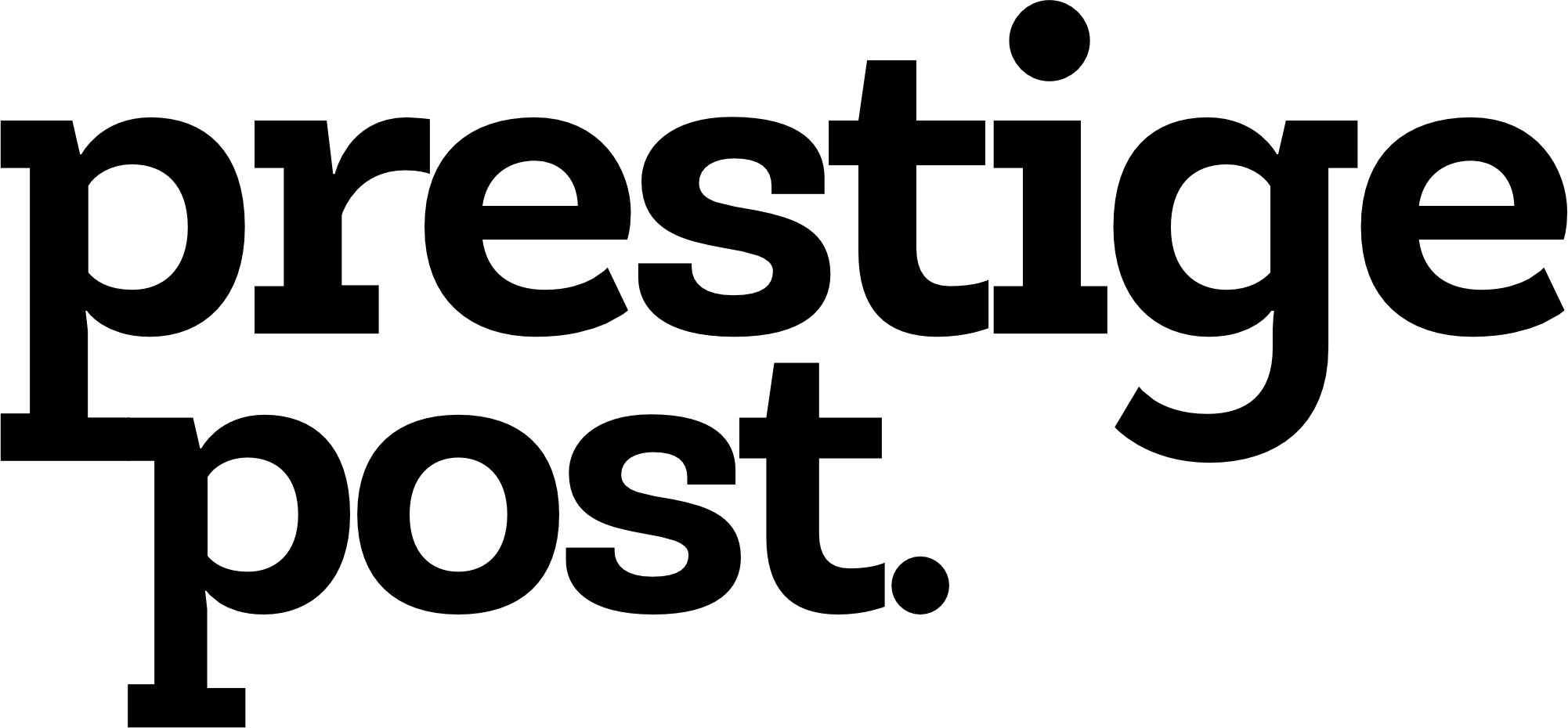In March, US home prices surged to a record-breaking high, exacerbating the ongoing affordability crisis in the housing market. According to the S&P CoreLogic Case-Shiller US National Home Price Index, home prices rose 6.5% compared to the same period last year, marking the index’s sixth record high in the past year.
Demand for housing remains robust in key urban centers, including San Diego, New York, Cleveland, and Los Angeles. The 20-city composite index also saw an uptick in March, surpassing February’s growth rate, which indicates sustained interest in these metropolitan areas.
“This month’s report boasts another all-time high,” commented Brian Luke, head of commodities, real, and digital assets at S&P Dow Jones Indices. “We’ve seen records repeatedly broken in both stock and housing markets over the past year.”
Market Challenges and Economic Impact
The housing market is contending with multiple challenges, including high home prices, a persistent shortage of available homes, and elevated mortgage rates, which together create a challenging environment for first-time buyers.
Housing affordability, factoring in incomes, home prices, and mortgage rates, remains a significant concern. Although the average 30-year fixed-rate mortgage dropped below 7% last week after rising in mid-April, rates are still higher than any seen in the decade prior to 2022. Economists predict that mortgage rates will likely remain above 6% throughout the year.
The Federal Reserve’s monetary policy has significantly influenced the housing market. Due to ongoing inflation, the Fed delayed its expected interest rate cuts, resulting in the highest key interest rate in over two decades. While the Fed doesn’t set mortgage rates directly, its actions affect them, as mortgage rates typically follow the yield on the 10-year US Treasury note, which anticipates Fed policy moves.
Supply Constraints and Future Prospects
High home prices continue to be a major barrier for buyers. Although annual home price growth has slowed from the peak of 20.8% in March 2022, it has picked up again in recent months. Since spring 2022, home prices have only declined in two months, underscoring the market’s resilience.
A chronic under-supply of housing keeps prices high, though there have been some positive signs this year. The National Association of Realtors reported a total housing inventory of 1.21 million units at the end of April, a 9% increase from the previous month and a 16.3% rise from a year earlier. Despite these gains, supply still falls short of demand, experts say.
Looking Ahead
As the housing market navigates these challenges, the dynamics between mortgage rates, inflation, and housing supply will be crucial in determining its future trajectory. The current affordability crisis highlights the need for sustained efforts to address supply constraints and improve market conditions for buyers.
This story is developing and will be updated with new information.









